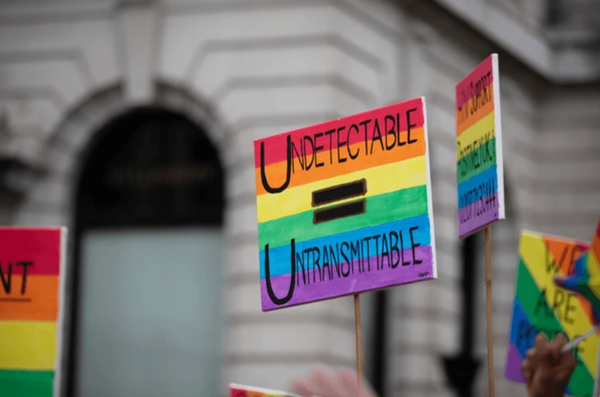Rebuilding Global Aid When Funding Disappears

The funding cuts to USAID have had a catastrophic effect on a global scale. Millions of lives hang in the balance as the ripple effect threatens to unravel decades of hard work. For many small but vital community-based organizations led by experts who have dedicated their lives to this mission, this moment presents an unprecedented challenge.
Yet I believe this moment also creates an opportunity for reimagining a more resilient international aid ecosystem—one that can withstand political cycles and funding fluctuations.
Beyond Single Funding Sources
Collaboration emerges as the path forward. We can no longer rely solely on single funding resources. Collectively, as a community, we have the ability to empower one another and build systems that distribute both risk and opportunity.
Historical patterns show that aid funding often fluctuates with political changes. What makes this moment different is our capacity to leverage technology, private sector engagement, and community voice in ways previously impossible.
We must build cross-sector partnerships that create sustainable alternatives. When diverse stakeholders—from grassroots organizations to global corporations—align around shared humanitarian goals, the resulting ecosystem becomes naturally more resilient.
Digital Tools Transforming Aid Delivery
Digital interventions already demonstrate remarkable promise. Telehealth and telemedicine prove both scalable and accessible in ways traditional delivery systems cannot match.
We see this transformation happening now. People order medication and have it delivered directly to them. They speak with healthcare professionals at the touch of a button rather than waiting weeks or months for appointments. These practical innovations reduce barriers while extending reach.
Partnerships with digital platforms like Positive+1 help manage the demand and bandwidth requirements that overwhelm many commuity organizations. These tools promote collaboration between community organizations while reducing cost basis, making care more accessible globally.
Technology alone cannot replace funding, but it can dramatically improve efficiency. Every dollar stretches further when delivery systems minimize overhead and maximize direct impact.
Corporate Responsibility Reimagined
More can be done with corporate social responsibility. Major companies like Apple, Microsoft, Amazon and other tech giants already engage in philanthropic work, but their potential contribution extends far beyond current efforts.
We need these corporations to help grassroots organizations more directly and take a more active role within community initiatives. Their involvement should transcend traditional charity models.
Beyond financial contributions, these organizations possess invaluable knowledge and skills. By transferring this expertise to community organizations, they enable sustainable operations. Technical knowledge helps these organizations implement solutions that reduce dependency on unstable funding sources.
This knowledge transfer creates a multiplier effect. When a community organization gains technical capability, they can serve more people more effectively with fewer resources. This creates sustainability that outlasts any single funding cycle.
Building a United Global Voice
Platforms like Positive+1, the HIV Hub, demonstrate the potential to amplify grassroots community voices when partnered with tech giants and large organizations claiming philanthropic missions. These connections foster the collective approach needed to effectively lobby governments and policy makers.
I envision great organizations like UNAIDS, the World Health Organization, and the CDC collaborating meaningfully with smaller organizations and tech companies. This cooperation can create a unified voice, powerful enough to influence policy and funding priorities.
Community coming together builds advocacy that transcends any single organization's reach. When we speak with one voice about the critical importance of global health and humanitarian work, our message becomes harder to ignore across political divides.
Creating Lasting Impact
The most critical step forward lies in building systems that don't merely survive this current moment of turmoil. We must create approaches that stand the test of time and become legacy work for all involved.
This moment challenges us to reimagine global aid delivery completely. By embracing collaboration, leveraging technology, engaging the private sector meaningfully, and speaking with a unified voice, we can build something more durable than what existed before.
Collectively, we can make real, lasting impact. We can create humanitarian systems that function effectively despite political shifts. We can protect decades of progress while building new pathways to serve those in need.
The path forward requires us to think differently about sustainability and resilience. Single-source funding models proved vulnerable. Distributed systems with multiple stakeholders demonstrate greater stability over time.
By working together across traditional boundaries, we transform this funding crisis into the foundation for more effective humanitarian work. The systems we build today will determine whether global aid thrives or falters in the decades to come.
I believe in our collective ability to emerge stronger. The vision isn't just to restore what was lost but to build something better—aid systems that truly stand the test of time and become a lasting legacy for all involved in this vital work.





